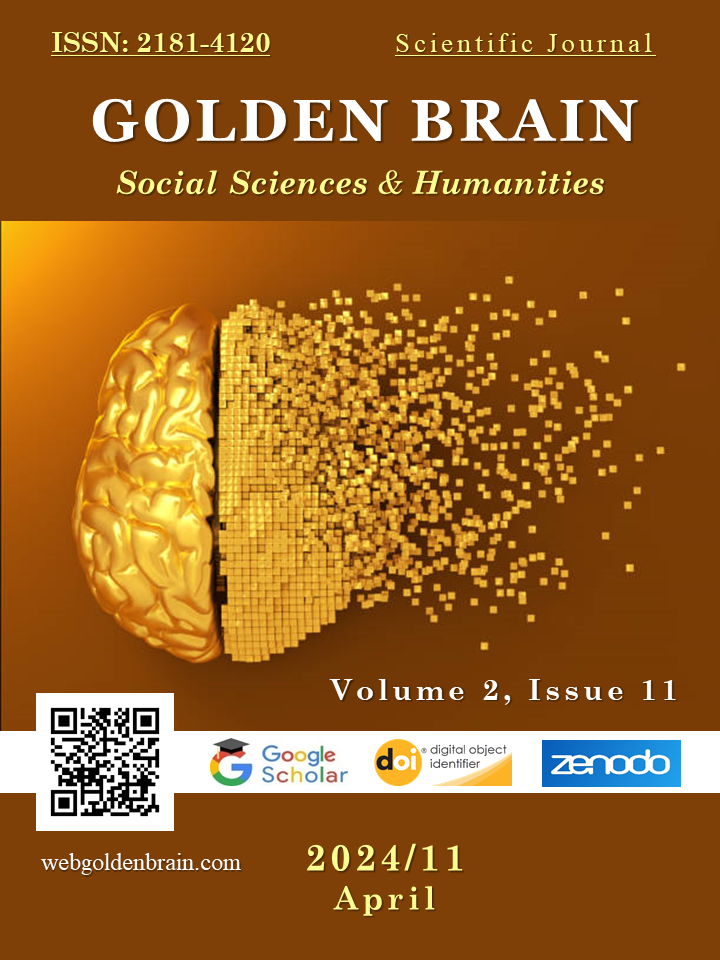EFFECTIVE METHODS FOR BUILDING VOCABULARY IN A FOREIGN LANGUAGE FOR PRIMARY CLASS STUDENTS
Main Article Content
Abstract
This article explores effective methods for building vocabulary in a foreign language for primary class students. It emphasizes the importance of contextual learning, repetition, multimedia resources, thematic approaches, and authentic language use in enhancing vocabulary acquisition. By implementing these strategies, educators can help students develop a strong foundation in a foreign language, enabling them to communicate with confidence and proficiency.
Article Details

This work is licensed under a Creative Commons Attribution 4.0 International License.
How to Cite
References
Barkhudarov, L. S. (1975). Ocherki po morfologii sovremennogo anglijskogo jazyka [Essays on Morphology of Modern English]. Moscow: Vysshaja shkola.
Blokh, M. Ja. (2000). (Teoreticheskaja grammatika anglijskogo jazyka [A Course in Theoretical English Grammar]. Moscow: Vysshaja shkola.
Curme, G. O. (1931). A Grammar of the English Language, 2-3. Boston – New York – London: D. C. Heath & Co.
Deutschbein, M. (1928). System der neuenglischen Syntax. Heidelberg: University of Heidelberg.
Ilyish, B. A. (1981). Stroj sovremennogo anglijskogo jazyka [The Structure of Modern English]. Leningrad: Prosveshhenie.
Ivanova, I. P. (1981). Morfologija [Morphology]. In Ivanova, I.P., Burlakova, V.V., Pochepcov, G.G. Teoreticheskaja grammatika sovremennogo anglijskogo jazyka [Theory of Modern English Grammar] (pp. 4 − 99). Moscow: Vysshaja shkola.
